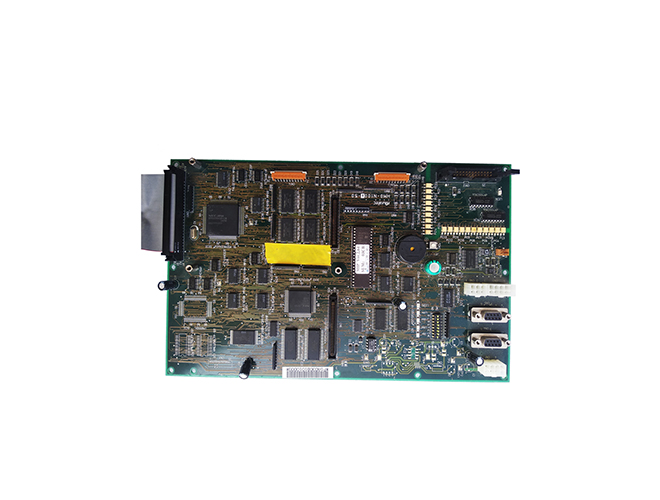-
CN
-
Service Hotline
+8618129931046 Mr. Liao


Time:2025-04-19 Views:1

High - density PCBs are becoming increasingly prevalent in modern electronics due to the demand for smaller, more powerful devices. However, their design comes with several significant challenges.
Component Placement
With a high density of components, finding the optimal placement becomes extremely difficult. Components need to be placed close enough to minimize trace lengths and reduce signal interference, but also far enough apart to allow for proper soldering and heat dissipation. For example, in a smartphone PCB, which is a prime example of a high - density PCB, components such as the processor, memory chips, and various sensors need to be arranged in a way that maximizes the use of the limited space. The placement of heat - generating components like the CPU must be carefully considered, as they may require additional cooling mechanisms such as heat sinks or thermal vias. Moreover, components with high - speed signals, such as high - speed serial interfaces, need to be placed in a way that minimizes signal routing lengths to avoid signal degradation.
Routing Complexity
The high density of components leads to a large number of interconnections, making signal routing a complex task. There are often multiple layers in high - density PCBs, and designers need to plan the routing across these layers to ensure that all signals are connected correctly without causing short circuits or signal interference. In some cases, there may be a need for micro - vias, which are very small vias used to connect adjacent layers, to save space. However, micro - vias also introduce challenges in terms of manufacturing and reliability. The routing of power and ground planes also becomes more complex in high - density PCBs. Power planes need to be designed to supply sufficient current to all components while minimizing voltage drops, and ground planes need to be carefully designed to provide a low - impedance return path for signals.
Thermal Management
As more components are packed into a small area, heat dissipation becomes a major issue. High - density PCBs can generate a significant amount of heat, especially in components like high - performance processors and power - amplifying circuits. Designers need to implement effective thermal management strategies, such as using thermal vias to transfer heat from the component side to the opposite side of the PCB, or using heat - spreading layers within the PCB stack - up. In addition, the choice of materials with good thermal conductivity, such as copper - filled epoxy substrates, can help improve heat dissipation. However, these materials may also have other implications for the electrical performance of the PCB, adding another layer of complexity to the design process.